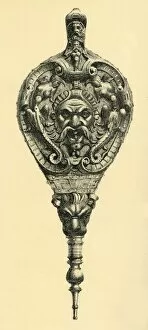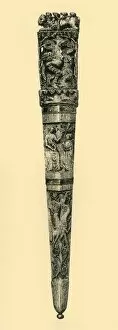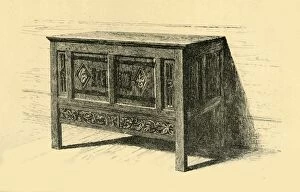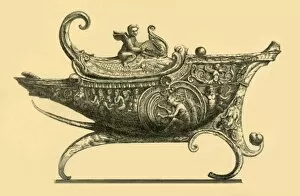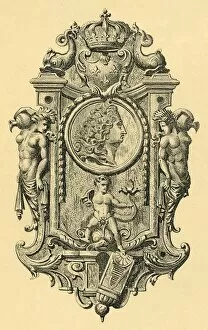South Kensington Museum Collection (page 5)
The South Kensington Museum, also known as the Victoria and Albert Museum, is a treasure trove of history and art
All Professionally Made to Order for Quick Shipping
The South Kensington Museum, also known as the Victoria and Albert Museum, is a treasure trove of history and art. Step into the Green Dining-room, transported back to c1870 with its opulent decor and grandeur. The unknown creator of this masterpiece has left us in awe. As you wander through the museum's halls, you'll come across an exquisite casket from 1400, crafted by Frederick Albert Slocombe in 1881. Its intricate design tells stories of a bygone era, captivating visitors with its beauty. Imagine being present at a meeting where The Prince of Wales presides over discussions held at the South Kensington Museum on that fateful January day in 1867. An anonymous artist captured this historic moment for eternity. Sir Philip Cunliffe Owen was not just a name associated with the museum but also made it his home. A lithograph immortalizes him within those walls he cherished so dearly. Prizes were awarded by none other than Prince Teck himself at the South Kensington Museum. Engraved forever are memories of joyous celebrations and achievements marking significant milestones. A black-and-white photograph transports us to another time when people strolled through the corridors of the South Kensington Museum, their curiosity piqued by countless wonders displayed before them. The court within these hallowed walls was no ordinary one; it was filled with masterpieces from all corners of the world. An engraving captures its splendor and invites us to explore further. F. P Cunliffe Owen stands tall in an engraved portrait as his contributions to this magnificent institution are celebrated. His dedication echoes through time as we admire his legacy today. Brompton Boilers may seem like an odd subject for an engraving related to a museum until you realize they played a vital role in keeping this architectural marvel warm during colder months – ensuring visitors' comfort while exploring endless galleries filled with treasures untold.

